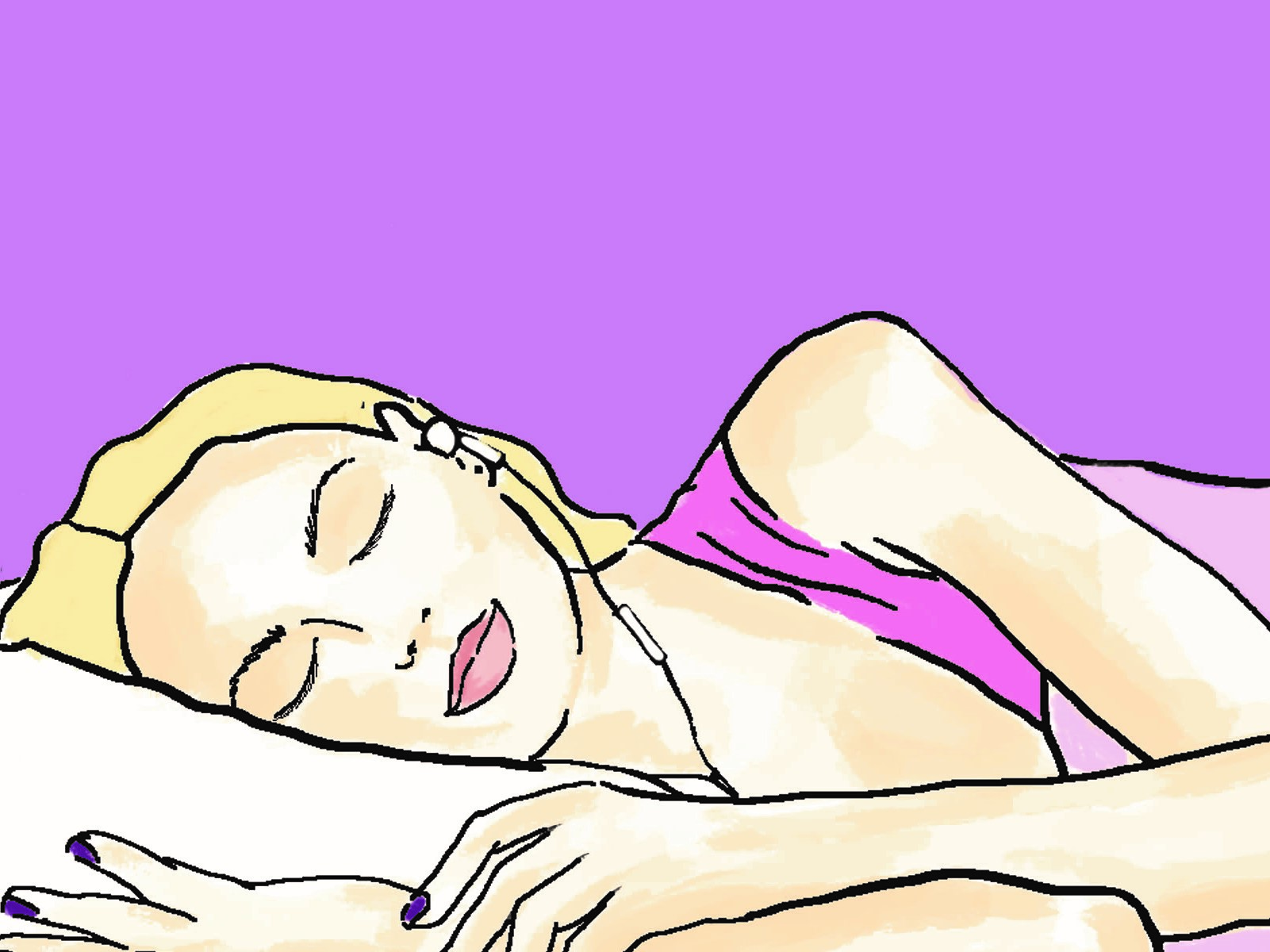At some point in their life, everyone will have trouble falling asleep at night, but others might have insomnia, which can make it nearly impossible to sleep, remain asleep or reach Stage 5 of falling asleep (known as REM). Is there a way to get past these nights of fitful rest? The answer is yes, and the path can be found through guided sleep meditation.
When most people hear meditation, they imagine a person sitting crisscross applesauce with their hands resting on their knees and eyes closed while chanting om over and over again, but a guided sleep meditation is different. In fact, meditation is, by definition, “the act of giving your attention to only one thing, either as a religious activity or as a way of becoming calm and relaxed.”
One of the big reasons people fail to fall asleep at night is because they can’t shut their brain off; they are anxious about what they have coming up that week, or something that happened to them recently is causing a great deal of stress, but guided sleep meditation can help.
When researching guided sleep mediation, “deep relaxation” will pull up the best results, like creator Jason Stephenson, who has been developing meditations and relaxation music for about 15 years. He has 1.1 million subscribers on YouTube, with “Guided Meditation for Deep Sleep, Create Your Destiny Hypnosis for Law of Attraction” reaching almost 6 million views. Lauren Ostrowski Fenton’s “Fall Asleep Quickly Deeply Now” is also effective for sleep, as is Michael Sealey’s “Deep Sleep Hypnosis for Mind Body Spirit Cleansing.”
However, before you partake in these videos, keep these tips in mind: make sure you have completed your bedtime routine, use the bathroom and get that last drink of water. Turn off all the lights in your room, silence all technology so that nothing will break your concentration, situate your bed, get under your sheets, shut auto-play off, start the video and immediately lie down.
Make sure the volume is not blaring, because if it’s too loud the video will become more distracting than relaxing. Set the volume low enough that their voice and the music will be soothing but loud enough that you can clearly hear what is being said. Do your best to find a comfortable position to drift off in and then shut your eyes and wait for further instruction from the video.
In order to successfully fall asleep, you need to shut your thoughts off completely and focus on the words. Of the three videos listed above, beginners should start with the first because Stephenson will give you the tools necessary to make even your normal sleeping nights more successful, and his instructions will make the second and third meditations more successful. The videos will instruct you when and how to breathe, what to think about, where to focus your attention and how to fully relax in order to finally succumb to sleep.
Some of Stephenson’s tips include: relax your jaw, allow your tongue to fall from the roof of your mouth, take a deep breath in while focusing on the air moving in and then out, return to normal breathing, accept how you feel in the moment, start with your head and continue down to your toes relaxing the different parts of your body. These simple tips are not in every guided sleep meditation video, but you can use them any night you need help getting to sleep.
There is no guarantee these videos will work for everyone; just like everything in life, it will be trial and error until you find what works best for you. Guided sleep meditations are worth a try before relying on medication, so hopefully others will try these techniques before resorting to pills.
















